4 Acne Myths You Need to Stop Believing
Think you know what causes acne? Learn the truth behind 4 common acne myths that may be ruining your skin—and what actually works to achieve clear, healthy skin.
Dr Priya Gill
7/14/20254 min read
4 Acne Myths You Need to Stop Believing
Acne is one of the most common skin conditions worldwide—and also one of the most misunderstood. From skincare routines to dietary habits, there’s a flood of advice on what causes acne and how to treat it. But not everything you hear is true.
Believing in the wrong acne myths can make your breakouts worse or delay proper treatment. In this blog post, we’ll debunk four of the most common misconceptions about acne—and explain what actually works.
Acne Myth #1: “You get acne because you don’t wash your face enough.”
This is one of the most widespread acne myths out there. Many people think acne is simply a hygiene problem—but that’s not the full picture.
Acne is caused by a combination of factors:
Clogged pores from dead skin cells
Excess sebum (oil) production
Bacteria (especially Cutibacterium acnes)
Inflammation in the skin
Washing your face too often or using harsh cleansers can actually damage your skin barrier, leading to increased sensitivity and more breakouts. Instead of scrubbing your skin raw, dermatologists recommend gentle cleansing twice a day with a mild, non-comedogenic cleanser.
The truth: Over-washing can do more harm than good. Cleanse gently, not obsessively.
Acne Myth #2: “Popping pimples helps them heal faster.”
Let’s be honest—there’s something oddly satisfying about popping a pimple. But that moment of satisfaction can cost your skin in the long run.
When you squeeze a pimple, you risk pushing bacteria deeper into the skin, worsening inflammation and spreading the infection. You may also damage the surrounding tissue, which increases the chances of permanent acne scars.
Think of it this way: one pop could leave one mark that lingers for months.
If a pimple is painful, swollen, or deep under the skin, it’s best to leave it alone or visit a certified dermatologist for safe extraction.
The truth: Popping pimples leads to more harm, not faster healing.
Acne Myth #3: “Rubbing alcohol kills acne-causing bacteria.”
This is another acne myth that sounds logical but backfires in reality.
Yes, alcohol can dry out a pimple temporarily. But it also strips your skin of its natural oils, disrupts your moisture barrier, and causes irritation. This creates an even drier, more inflamed environment—perfect for more breakouts to form.
Instead of using rubbing alcohol, opt for proven ingredients in spot treatments like:
Benzoyl peroxide
Salicylic acid
Glycolic acid
These ingredients help unclog pores and reduce inflammation without the harsh side effects of alcohol.
The truth: Alcohol might feel like it’s working, but it’s only irritating your skin and making acne worse.a
So, What Actually Works for Acne?
Now that we’ve busted some of the most common acne myths, let’s talk solutions.
Real acne treatment starts with understanding the root causes—not falling for shortcuts or social media hacks. Your skin is unique, and what works for one person might not work for another.
Science-backed treatments from a qualified dermatologist can include:
Topical treatments (retinoids, antibiotics, acids)
Oral medications for moderate to severe acne
Hormonal therapy (especially for women)
Professional procedures like chemical peels or laser therapy
A personalised plan tailored to your skin type and acne severity gives you the best chance for long-term results.
Acne Myth #4: “Eating greasy food causes acne.”
This myth has been around for decades, but the science doesn’t fully support it.
There’s no strong evidence that eating oily food like pizza or fries directly causes acne—unless you’re touching your face with greasy hands. However, there is a connection between high-sugar diets and acne flare-ups.
Diets with high glycemic loads (think: white bread, sugary drinks, processed snacks) can spike insulin levels, increase oil production, and trigger inflammation—all of which can lead to acne.
If you’re prone to breakouts, it may be helpful to:
Reduce sugar and refined carbs
Eat more whole foods
Stay hydrated
The truth: Sugar, not oil, is the bigger dietary culprit when it comes to acne.


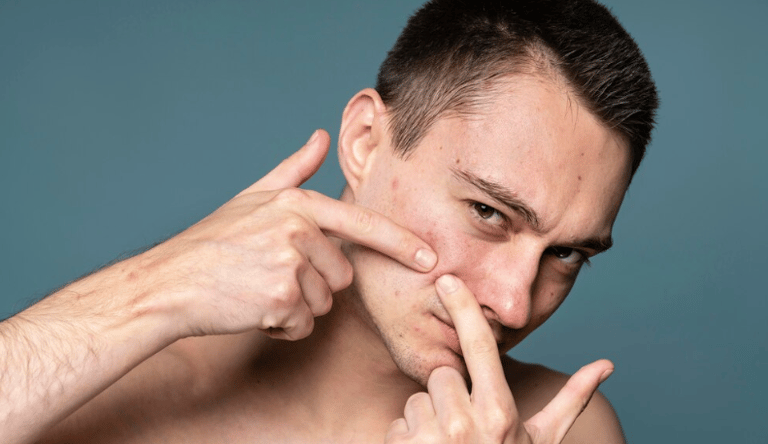

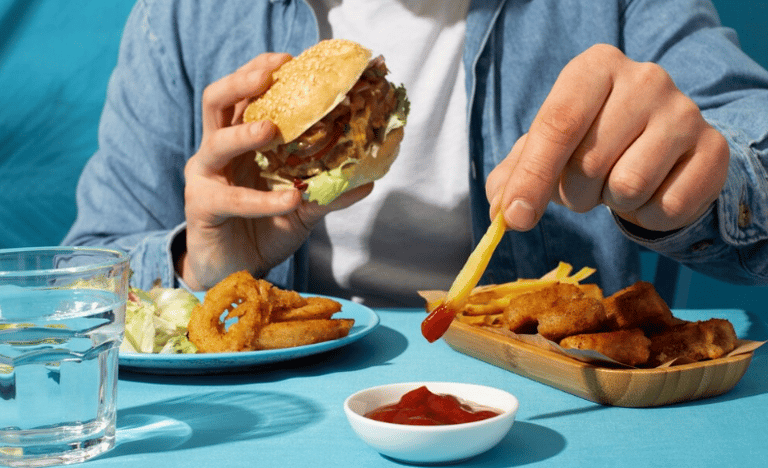

When to See a Dermatologist
If you’ve tried multiple over-the-counter products with little to no improvement, it’s time to see a professional. Chronic or cystic acne can worsen over time and leave lasting scars if not treated correctly.
At Ranjit Skin & Hair Specialist Clinic, our dermatologists assess your skin thoroughly and create a treatment plan that works with your lifestyle and skin needs.
The truth: Clear skin takes time, the right products, and professional support.
Final Thoughts
It’s easy to fall for acne myths, especially when they’re shared by well-meaning friends or influencers. But taking advice that’s not backed by science can harm your skin and confidence in the long run.
The good news? With the right guidance, effective treatment, and a little patience, clear and healthy skin is within reach.
Ready to Take Control of Your Acne?
Don’t let misinformation guide your skincare. Consult the experts at Ranjit Skin & Hair Specialist Clinic and get a personalised acne treatment plan that works.
Book your consultation today. Your skin deserves the truth—and expert care.
Whatsapp at +60 12-279 4980 to make an appointment!
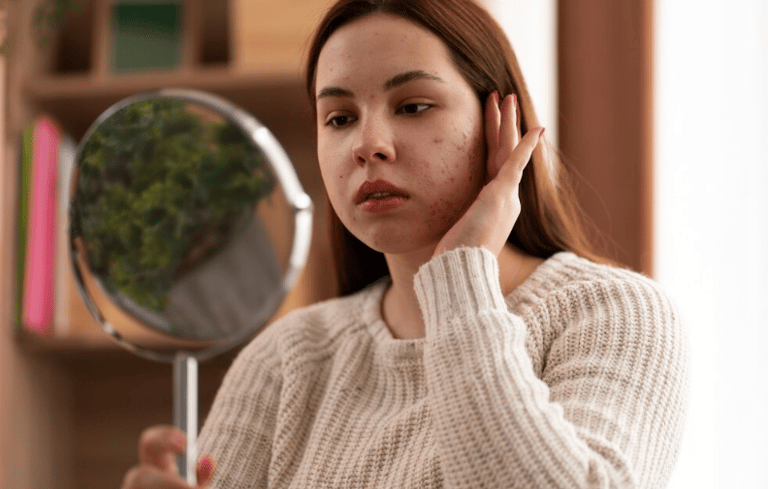

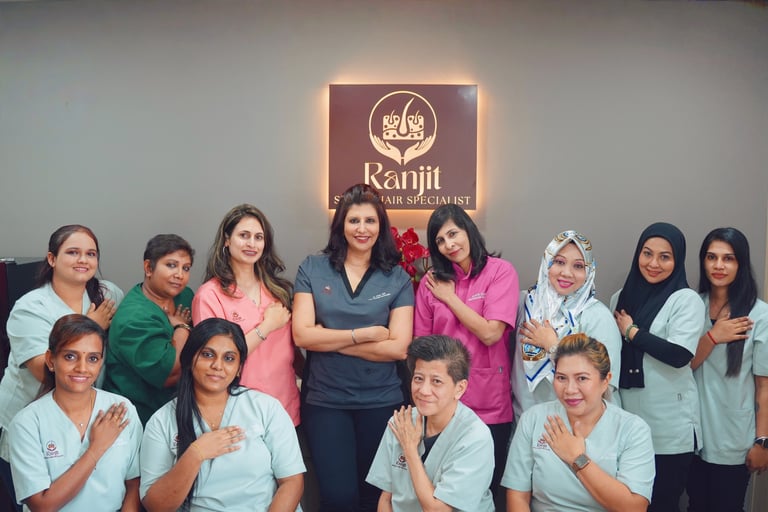

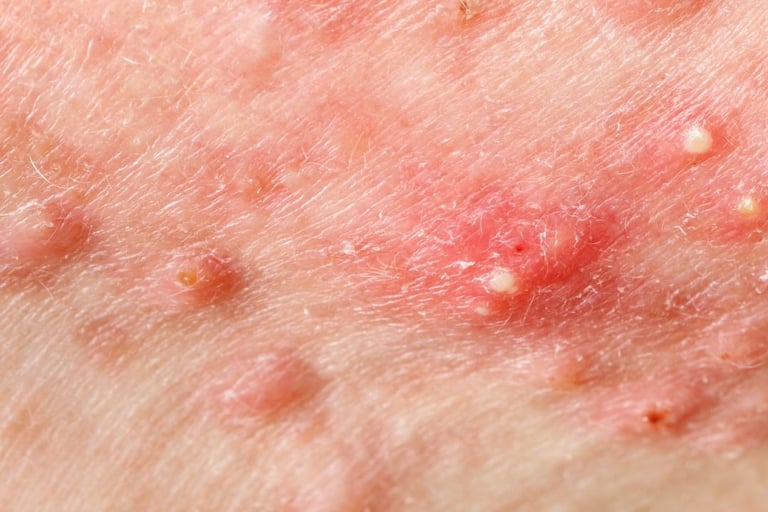


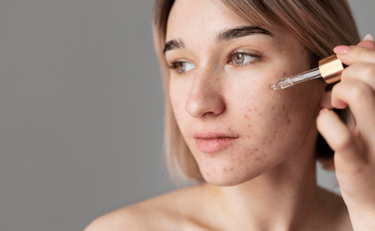
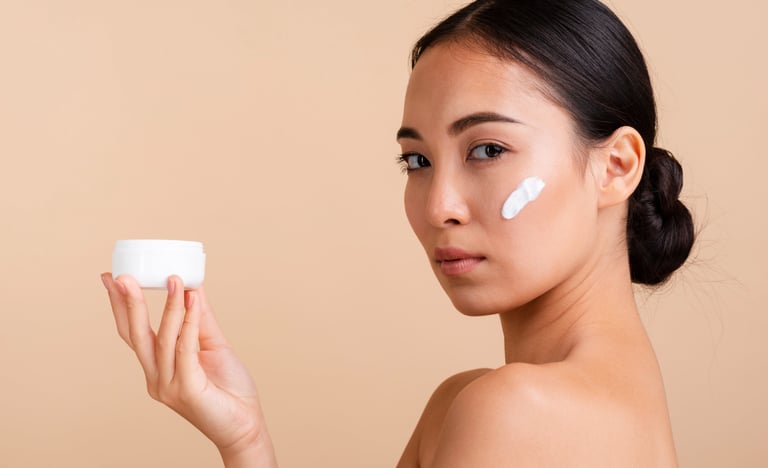

Expert dermatology and hair care solutions await.
Address
C4, Jalan SS15/4D, Subang Jaya, 47500 Petaling Jaya, Selangor
© 2025. All rights reserved.


Contacts
Clinic: +60356316090
Whatsapp: +60122794980
Email: klinikranjit16@gmail.com
